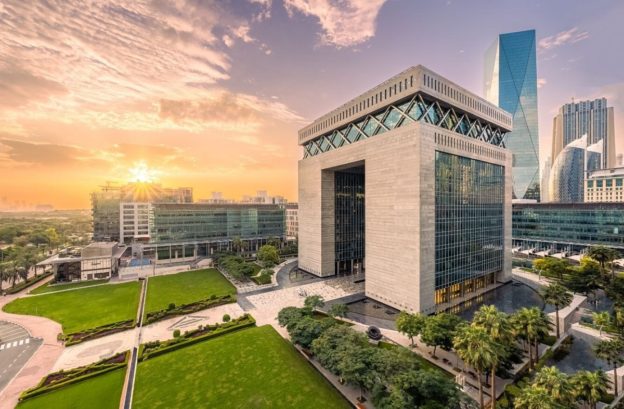More than 70% of regional private wealth is in offshore accounts but the trend is shifting, report says
Assets under management in the GCC are projected to expand above the global average to hit about $500 billion in onshore assets by 2026, from $400 billion at the end of 2022, a report has shown.
More than 70 per cent of regional private wealth is in offshore accounts, which are typically favoured by high-net-worth individuals (HNWIs) and family offices, but this trend is shifting, according to estimates by Strategy& Middle East, a unit of global consultancy PwC.
“This projected growth underscores the potential of the GCC asset management industry amidst global economic challenges,” said Jorge Camarate, partner at Strategy& Middle East and leader of the company’s financial services practice.
“Despite the region’s preference for offshore investing, increasing product sophistication and supportive regulatory initiatives are making onshore investment more appealing.”
The GCC asset management industry’s projected growth comes at a time of global macroeconomic headwinds.
Rising interest rates, tighter liquidity, the fallout from high-profile bank failures and increased competition for environmental, social and governance-related investments are among the factors pushing the industry to adapt quickly.
Assets under management in the Middle East increased by $100 billion to $1.3 trillion in 2022 despite global economic challenges, management consultancy Boston Consulting Group said in a report in June.
The region’s 7 per cent annual growth last year bucked the global trend in which assets under management fell 10 per cent to $98 trillion, BCG said.
The GCC’s asset management industry has “great potential”, with several tailwinds supporting healthy growth levels, despite the problems in global markets, Strategy& report said in its report on Tuesday.
Strong capital inflow into GCC countries on the back of favourable oil prices and record growth in initial public offerings are among the top tailwinds buoying the industry’s expansion, the report said.
Higher oil prices provided GCC countries with large trade surpluses. Nations in the region collectively recorded a trade surplus of about $350 billion, according to the International Monetary Fund’s estimates for 2022.
The ratio of trade surplus to gross domestic product was about 15 per cent for Saudi Arabia and the UAE, and more than 20 per cent for Kuwait and Qatar, according to the Washington-based lender.
In terms of strong capital inflows, the UAE is expected to attract 4,500 new millionaires this year, drawing the second-highest net inflow of high-net-worth individuals globally after Australia, according to a report by Henley & Partners.
Meanwhile, the Middle East set a record for IPO activity in 2022, bucking the global slowdown in equity capital markets activity.
This growth continued to gather momentum in the second quarter of this year as the volume of IPOs on regional bourses climbed by 44 per cent, driven by Saudi Arabia and the UAE, amid robust economic expansion, according to consultancy EY.
The Mena region’s IPO pipeline for the second half of this year and for 2024 remains “very healthy”, EY said in a report in August.
Also boosting the GCC asset management industry’s growth is its transition from “standard strategies to more advanced products” that meet the needs of more demanding investors, the Strategy& report said.
As the regional industry matures, it can attract and retain investment portfolios previously placed offshore with international players
“As the regional industry matures, it can attract and retain investment portfolios previously placed offshore with international players,” it said.
Financial regulators in GCC countries have also helped with initiatives to develop the asset management industry further.
“These trends position GCC asset managers for significant growth in the coming years,” the report said.
https://www-thenationalnews-com.cdn.ampproject.org/c/s/www.thenationalnews.com/business/economy/2023/08/29/gccs-asset-management-market-to-hit-500bn-in-onshore-assets-by-2026/?outputType=amp





